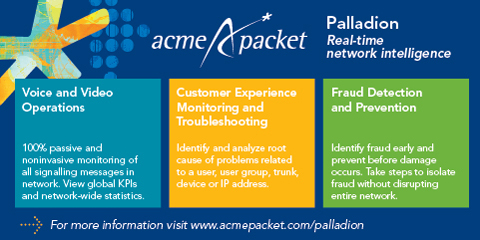Customer Experience: Deliver or Perish

What would a billion dollars in additional annual revenue mean for your company? More importantly, how can any company secure that kind of money? More advertising? Higher prices for services? Discounts to entice customers to buy more?
Ready for the answer?
It involves enhancing the end-to-end customer experience, from the initial customer engagement to delivery and ongoing usage of new products and services.
Forrester Research discovered that if a wireless service provider improves customer experience, it stands to gain as much as $1.2 billion in additional annual revenue.1 And a recent study by Oracle found that it can have a significant impact on the bottom line: telecom executives estimate a potential 20 percent annual revenue loss whenever their companies don’t supply positive, consistent and brand-relevant customer experience.2
In short, if communications service providers (CSPs) want to gain a competitive edge, customer experience is key.
It’s time to deliver
Application developers, social networks, over-the-top (OTT) content providers, and device manufacturers have all raised the bar when it comes to customer experience. And as a part of that ecosystem, traditional CSPs have been hard-pressed to keep up with the competition and meet growing customer expectations. Customers want more from their communication networks — a bigger selection of games, faster downloads, instant connectivity with social media — and they want to be dazzled at every opportunity. With the ever-expanding variety of rich video content, social networks and applications, who can blame them for being more demanding and less patient?
The popularity of social networks such as Facebook and Yelp creates an additional challenge for CSPs by making it easier for customers to publicly shame brands that fail to live up to their expectations of good service. Today’s on-demand consumer culture means CSPs’ mistakes are shared far and wide, so greater importance should be placed on ensuring that every interaction is a positive one. Further stacking the deck against CSPs is the fact that social media also makes it easier for customers to learn about competitors that may have higher rates of customer satisfaction or offer a more sophisticated end-to-end user experience.
To maintain a strong market presence, CSPs must identify ways to bridge the gap between customers’ expectations and their actual experiences. And to improve customer satisfaction, compete with new market entrants and deliver on their brand promise, CSPs have to adopt a seamless multichannel approach for all aspects of their business, one that spans their entire concept-to-cash value chain. Otherwise they run the risk of reduced market share and a diminished brand.





















